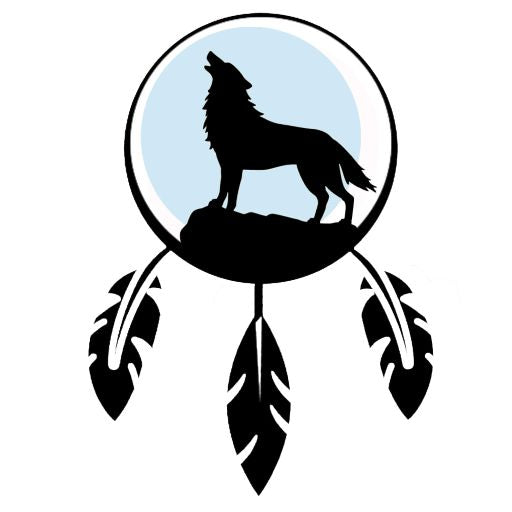Indigenous Symbols and Motifs: A Gateway to Spirituality and Cultural Heritage

The role of symbols in indigenous crafts
The motifs and symbols found in Indigenous crafts are not merely decorative elements. They convey an ancient history, spiritual beliefs, and a way of life rooted in harmony with nature. Each motif, whether geometric or organic, tells a story passed down through generations and embodies the wisdom of Indigenous peoples.
– Indigenous crafts.
In every handcrafted work, whether textiles, jewelry, or everyday objects, symbols play a fundamental role. They are there to guide, protect, and remind Indigenous peoples of their connection to the land and the spirits that surround them. This guide explores some of the most common motifs and their spiritual and cultural significance, delving into the richness of Indigenous traditions.
The circle: a symbol of interconnection and continuity
In many Indigenous cultures, the circle is one of the most powerful and recurring symbols. It represents the interconnectedness of all life forms. For Indigenous peoples, life is not linear but circular: everything that is born eventually returns to the earth. The cycle of life, death, and rebirth is a fundamental belief in many cultures.
– Indigenous Crafts
– Indigenous crafts.
In crafts, this motif is often represented in weaving, embroidery, and beadwork. Each circle tells the story of this interconnectedness. For example, in some beadwork patterns, small circles repeated around a larger one represent the community, with each individual playing a role within the group.
The zigzag: the movement of water and fluidity
The zigzag, another frequently used motif, often represents the movement of water in nature. In many Indigenous communities, water is a source of life and a sacred element. The zigzag, with its broken lines and dynamic movements, symbolizes the flow of rivers, the fluidity of life, and sometimes the mountains and valleys traversed.
– Indigenous crafts.
This motif is particularly common in textiles and pottery, where it is used to remind indigenous peoples of the importance of water and natural cycles in their survival and spirituality.
Animals: Spiritual Messengers and Protectors
Animals play a key role in Indigenous cosmology. Each animal possesses specific attributes that are revered and incorporated into craft motifs. For example, the eagle, often considered the noblest of birds, is a symbol of vision and connection between the physical and spiritual worlds. The eagle is frequently found in embroidery, paintings, and sculptures.
– Indigenous crafts .
The wolf, for its part, is often seen as a spiritual guide, a protector. In some weaving and engraving patterns, wolves appear to remind us of the role of the pack, family, and solidarity. The snake, a symbol of transformation and rebirth, is also a recurring motif in some Indigenous communities, where it represents change and renewal.
– Indigenous crafts .
Geometric elements: cosmic order and harmony
Besides animal and nature motifs, geometric shapes play an important role in indigenous crafts. Triangles, squares, and diamonds often symbolize mountains, stars, or cosmic structures. These motifs evoke the order of the world, stability, and harmony with the universe.
Diamonds, for example, can represent eyes, portals to the spirit world, or even sacred mountains where spirits reside. In textiles or pottery, these geometric shapes are often combined with natural motifs to illustrate the interaction between humans and nature, and to remind us of the balance necessary for the survival of indigenous peoples.
Indigenous crafts: A means of cultural preservation
Beyond their aesthetic appeal, these symbols are essential for preserving Indigenous cultures. In a constantly changing world, craftsmanship remains one of the most powerful ways to transmit stories, beliefs, and ancient ways of life. Each motif, each form, is a gateway to the past, a way to remember the history of our ancestors.
For Indigenous peoples, craftsmanship is more than just a trade. It's an act of cultural resistance against the homogenization imposed by globalization. By buying and supporting Indigenous crafts, you not only contribute to the preservation of these cultures, but you also bring a piece of this rich history into your own life.
Conclusion: The importance of understanding symbols in indigenous crafts
Indigenous crafts are much more than just objects. Each piece tells a story, passed down through generations, where symbols play a crucial role in preserving culture and spirituality. By wearing or displaying handcrafted items decorated with these motifs, you connect with a millennia-old tradition that emphasizes respect for nature, harmony with the universe, and the transmission of ancestral knowledge.
– Indigenous crafts .
Explore our collection of Indigenous handicrafts at Indigenous Crafts, where each piece carries within it the symbols and motifs that embody the soul of Indigenous peoples.
